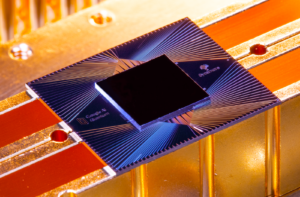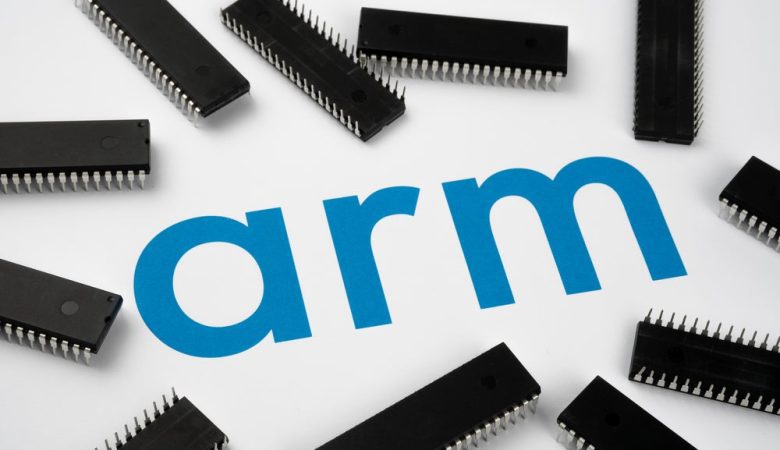Last year, Google unveiled a new quantum qubit processor ‘Sicamore’ composed of high-performance quantum logic gates. Through Sycamore, it was the first to prove the’quantum advantage’ that quantum computers can outperform the most powerful conventional supercomputers.

This week, Science published a study on its cover that simulated the energy of a diagen molecule with a variety of structures by Google’s Sycamore quantum processor consisting of a superconducting qubit (transmon) array. A diagen molecule is a molecule composed of two hydrogen atoms and two nitrogen atoms. ‘Qubits’, which are the basic units of quantum computers, are divided into superconducting qubits and spin qubits, and superconducting qubits are called transmons.
As shown on the cover, the Sycamore processor has succeeded in accurately modeling the chemical isomerization pathway that changes the direction of hydrogen atoms (white) to bonds between nitrogen atoms (blue) by combining improved qubit control techniques to reduce errors. .
Simulating the system of Fermion, one of the basic particles in modern physics, is one of the most promising applications in the field of quantum computers. Researchers at the Stanford Institute for Theory and Physics of Stanford University in the United States modeled and simulated the isomerization mechanism of diagen molecules using a quantum processor composed of 12 superconducting qubits.
In order to increase the accuracy of the simulation, the researchers implemented and optimized the’wave function’ corresponding to the population of Fermion particles. The wave function is antisymmetric to the exchange between particles and plays a role in breaking the sign of the particles. The researchers also have a high degree of control over the’entanglement’ state, one of the quantum mechanical properties, and have succeeded in measuring Sycamore processor hardware performance.
The research team revealed the significance of the study, “It is expected that it will open a way to solve various difficulties such as atomic bonding and isomerism, which are important topics of chemistry through quantum computers.”











